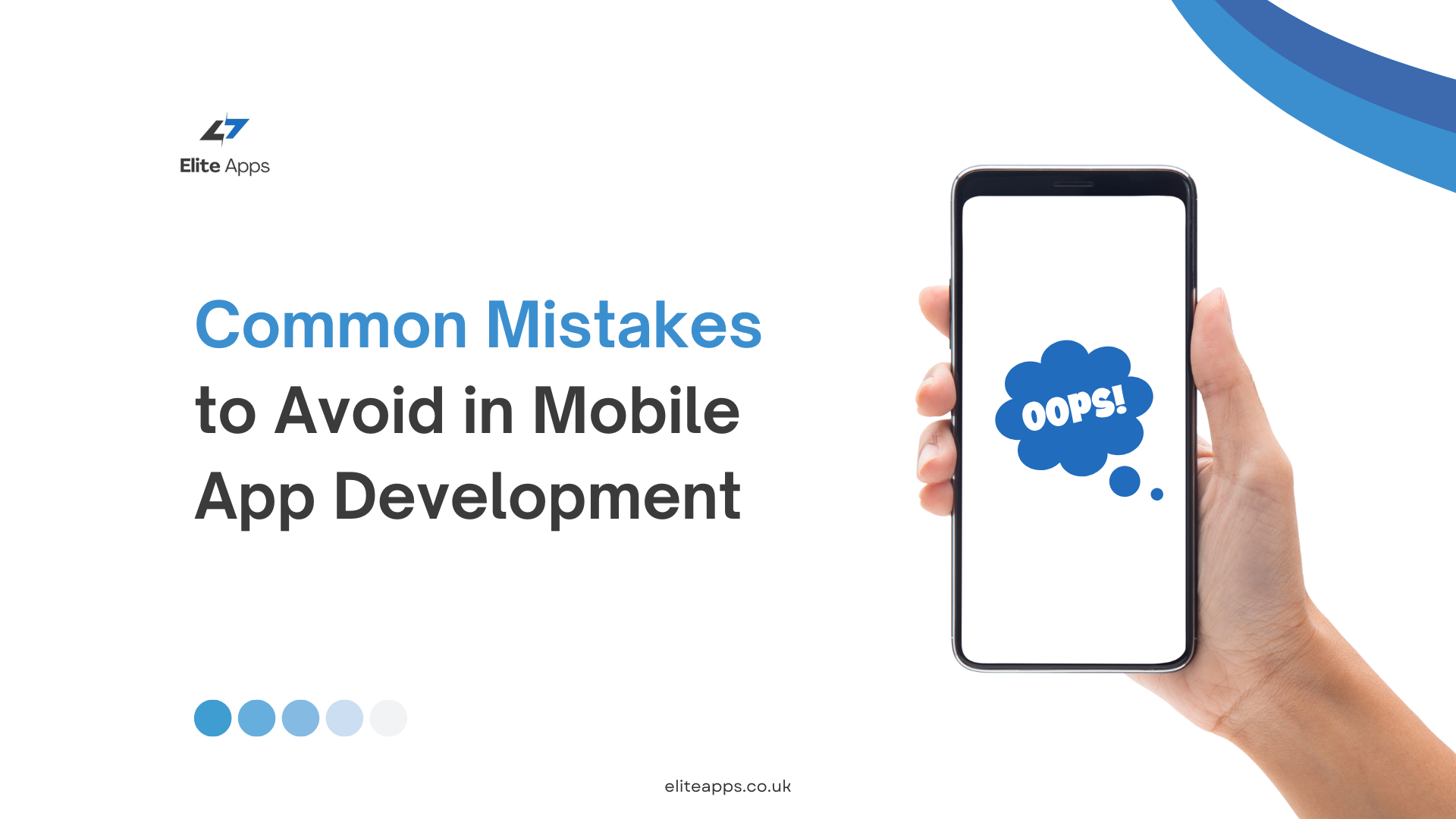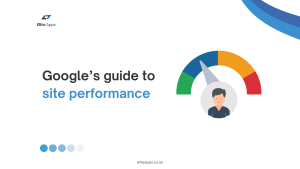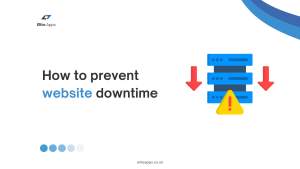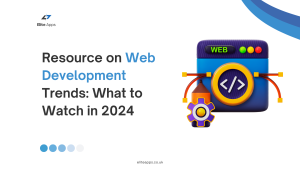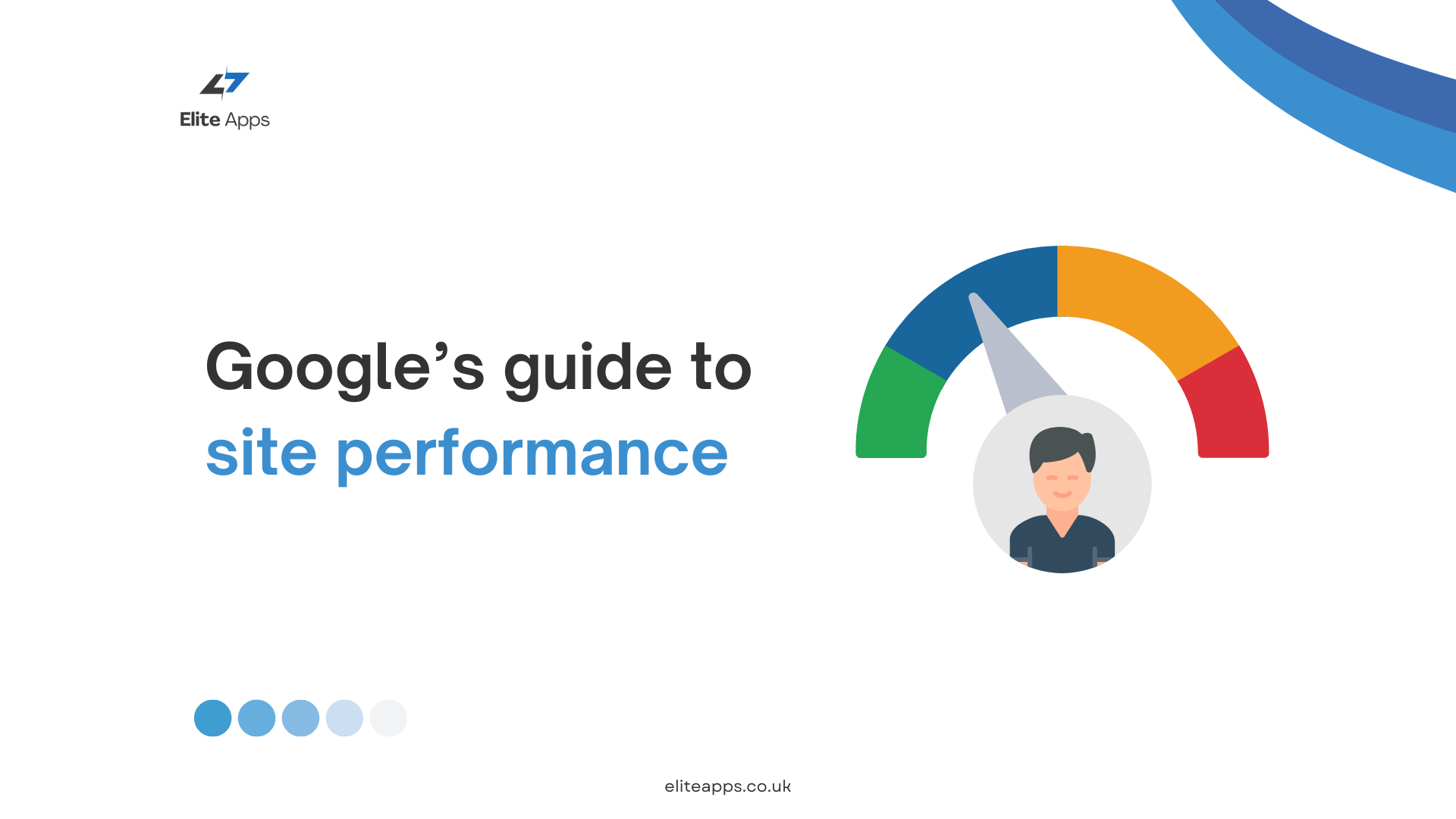Common Mistakes to Avoid in Mobile App Development
Mobile app development is a dynamic and ever-evolving field that can be both rewarding and challenging. As businesses increasingly rely on apps to engage users and drive growth, the stakes are high to deliver a polished, user-friendly product. However, even the most promising app concepts can falter due to common mistakes in the development process. In this blog, we’ll explore some of the most frequent missteps in mobile app development and how to avoid them.
1. Lack of Proper Market Research
Skipping or rushing through market research is a common mistake that can lead to wasted resources. Before starting development, it’s crucial to understand:
- Who your target audience is.
- What competitors are doing.
- What pain points your app will solve.
Without this knowledge, you risk developing an app that doesn’t resonate with users or solve a real problem. Conduct thorough market research to identify gaps and opportunities.
2. Neglecting User Experience (UX)
User experience is the backbone of a successful app. Poor navigation, confusing layouts, and sluggish performance can drive users away. Some common UX mistakes include:
- Overcomplicated interfaces: An app should be intuitive. Avoid overcrowding screens with too many features or information.
- Slow load times: Users expect speed. If your app takes too long to load, it’s likely to be uninstalled.
- Lack of clear CTAs (Calls to Action): Users should be able to easily understand what actions to take within your app.
Focus on creating a seamless and engaging user experience by investing in proper UX design and testing.
3. Failing to Optimize for Different Platforms
If you’re developing a cross-platform app, it’s essential to ensure your app is optimized for both Android and iOS. Many developers fall into the trap of creating an app that performs well on one platform but is glitchy or slow on the other. Keep in mind:
- Each platform has its own design guidelines (e.g., Material Design for Android and Human Interface Guidelines for iOS).
- Performance expectations differ; Android users might experience more fragmentation due to the wide range of devices.
Test thoroughly on multiple devices to ensure compatibility and performance consistency across platforms.
4. Overloading the App with Features
It’s tempting to pack your app with a wide array of features, but more isn’t always better. Overloading an app with too many features can:
- Make the app harder to navigate.
- Increase the likelihood of bugs and performance issues.
- Cause users to feel overwhelmed.
Start with core features that solve your users’ primary needs. You can always add more features in future updates based on user feedback.
5. Ignoring Security Measures
Security is critical in mobile app development, especially when handling sensitive data like personal information or financial transactions. Common security mistakes include:
- Not encrypting sensitive data.
- Failing to implement secure authentication methods.
- Overlooking vulnerabilities in third-party libraries or APIs.
Ensure your app adheres to the best security practices, including data encryption, secure login protocols, and regular security audits.
6. Inadequate Testing
Some developers rush through the testing phase, leading to buggy apps being released to users. Inadequate testing can result in:
- Poor performance (e.g., crashes or slowdowns).
- Compatibility issues on different devices.
- Unpleasant user experience due to unresolved bugs.
Perform thorough testing, including unit, integration, and beta testing, on a wide range of devices. Don’t underestimate the value of real-world testing and user feedback before launch.
7. Not Planning for Scalability
While your app may initially be small, it should be built with growth in mind. Neglecting scalability can lead to problems down the road when your user base grows or when new features are added. Planning for scalability from the beginning includes:
- Designing a robust architecture that can handle increasing user traffic.
- Ensuring your backend can support future growth.
- Implementing a flexible framework that allows for the easy addition of new features.
8. Skipping App Store Guidelines
Each app store has its own set of rules and guidelines for submitting apps. Ignoring these guidelines can result in your app being rejected, delaying your launch and potentially losing users’ trust. Some common mistakes include:
- Using copyrighted material without permission.
- Failing to provide sufficient privacy policies.
- Including inappropriate content that violates platform standards.
Always review app store guidelines for both Google Play and Apple’s App Store before submission, and make sure your app adheres to all requirements.
9. No Post-Launch Plan
Your app’s journey doesn’t end with its launch. Failing to plan for post-launch support, maintenance, and updates is a critical mistake. Post-launch activities include:
- Monitoring performance: Keep an eye on app performance through analytics tools.
- Gathering feedback: Listen to your users’ suggestions and complaints for improvements.
- Rolling out updates: Regularly update your app to fix bugs, improve performance, and add new features.
A well-maintained app with continuous improvements will keep users engaged and help you stay competitive.
10. Underestimating the Importance of Marketing
Even the best app won’t succeed if no one knows about it. A common mistake is not investing enough in marketing efforts. Consider creating a marketing strategy that includes:
- Pre-launch buzz (social media teasers, blogs, influencer collaborations).
- Post-launch campaigns (app store optimization, digital ads, and user reviews).
- Continuous engagement (updates, email marketing, and social media content).
Promoting your app is as important as developing it, so allocate time and resources for effective marketing.
Conclusion
Avoiding these common mistakes can significantly improve your chances of launching a successful mobile app. By focusing on market research, user experience, cross-platform optimization, security, and ongoing updates, you can create an app that stands out in a competitive market. Prioritize testing, follow app store guidelines, and don’t forget to market your app effectively to ensure its success.

